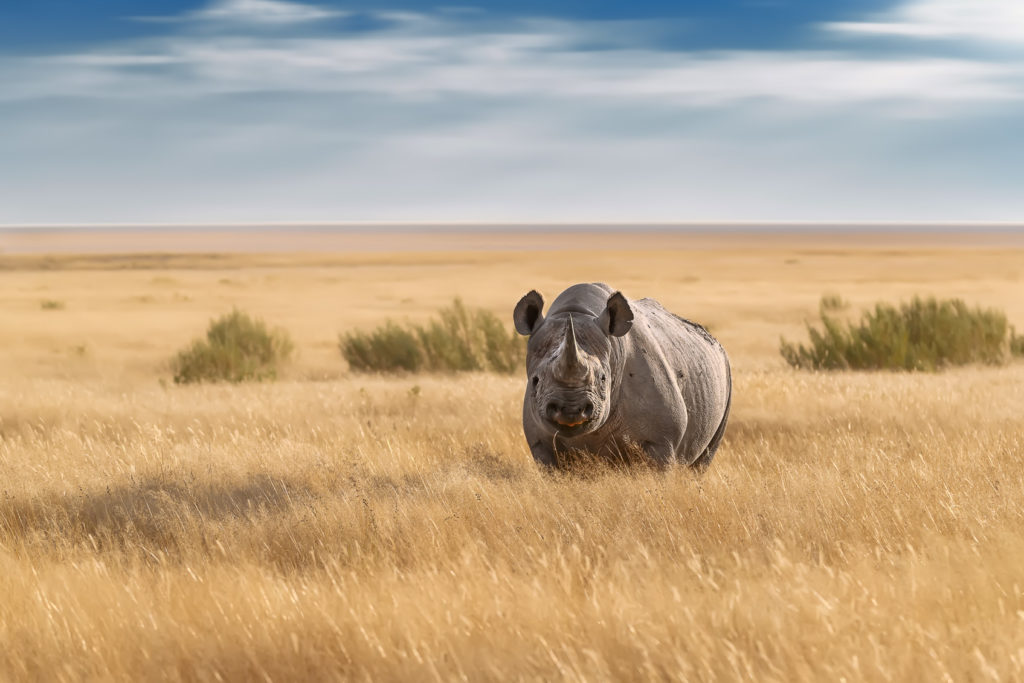The Importance Of The Environment In Wildlife Photography
Displaying The Environment In Your Photography
There are many important elements to creating exciting wildlife photography. In this post, I will discuss my use of the environment in wildlife photography to emphasize the ‘story’ aspect of a particular species.
Capturing this stunning visual exploration of a polar bear while on assignment in Svalbard, Norway. The use of the environment has created a beautiful art piece, while also telling a compelling nature story about the life of a polar bear: polar bears live in icy isolation.
Polar bears spend most of their time on or near the ice. By placing the massive glacial ice pack behind the polar bear, and also minimizing the polar bear within the frame. Indeed, with this, I accomplish several important photographic tasks that you will learn below.
When confronted with the majestic beauty of a polar bear in the wild, it can be tempting to do the following.

The red box indicates a close-up capture of the polar bear. That would eliminate the environment! Which would be not wrong. Why not? But don’t we want to show the viewers as well the environment?
environment in wildlife photography
You mount your longest telephoto and eliminate the environment to grab a close-up photograph of this magnificent bear. While capturing a photograph like this is not wrong, consider this. Perhaps your telephoto lens produces a photograph similar to what is in the red box above. Indeed, this photograph we can take anywhere. It could be in a zoo. Sure, go ahead and take that photo. However work fast, and then explore the surrounding environment as well. Furthermore, environmental photographs are often money photographs!
Photo of a Polar bear standing on pack ice in the Arctic.
Including environmental background, areas can give clues to your viewers about the photograph. For example, what time of day was the photograph created? It is critical to take in the environment. Afterward, decide how best to portray it within your photograph. Don’t take this step lightly. A key consideration would be; Is the best capture a vertical or horizontal orientation for the photograph? How can I implement the environment in wildlife photography? Consider this: Why are polar bears endangered?
These are just a handful of the many training considerations that I share with my clients in my workshops and private tours.
This is a black rhino in Southern Africa. I have captured this photograph from a moderate distance away.
An elegant minimalist photo print of a cheetah crossing the desert salt pan in Etosha National Park, Namibia, Africa.
Creative use of environment in a photograph
When using the environment creatively, you can take a more literal approach. Such as my photograph of the black rhino, or you may take a more creative approach. Like my semi-abstract portrait of the cheetah on the saltpan. That is the fun of wildlife photography! Learn by experimenting and discovering what works best.
A lone giraffe treks across the red rock field along the Skeleton Coast of Namibia, Africa. That is especially a great example of showing the environment in wildlife photography.
At times, your use of the environment may be enforced by necessity. This giraffe was very far from my location.
Sometimes the environment becomes the photograph, such as this capture of the giraffe on the Skeleton Coast. My longest telephoto lens could pull in the giraffe close enough to be a part of the photograph. However, it was the layers of texture and color of the surrounding landscape that caught my attention. The giraffe was a bonus in this composition that brought it all together. Neither piece of the total photograph could work as well alone: the landscape without the giraffe, or the giraffe without the layering, colors, and textures of the surrounding landscape environment. Together, they make a lovely compelling animal photograph that well represents Africa: distance, isolation, color, and camouflage!
An Oryx gazella is crossing the muddy salt pan in Etosha National Park in Namibia.
An Environmentally Rich Photograph
An experienced wildlife photographer takes in the entire frame within their camera. New wildlife photographers tend to become excited and focus their eyes only on the animal. In some instances, this will work. A close-up is always a welcomed photograph.
However, an environmentally rich photograph will often produce the best photograph, whether for publication or a fine art photographic print.
Red-crowned cranes hover together on small islands to protect themselves from their harshest predator, the fox. Hokkaido Island, Japan.
Final thoughts
Take a careful look at the bird photograph of the red-crowned cranes. Imagine yourself as the photo editor of wildlife, birding, or travel magazine. Can you picture how important it is for you, as the editor, to be able to let your viewers place the location within their minds? It is, in fact, critical. Yes, close-ups are great and necessary. However, just as necessary as the environment in wildlife photography. In any situation where I’m photographing wildlife, I look for the wide photo, the medium photo, the semi-telephoto photo, and, ultimately, the extreme close-up photograph.
You won’t get all of these photographs every time. However, it should be your goal!
Some ask me if I would know some job openings in photography, have a look in jooble.








